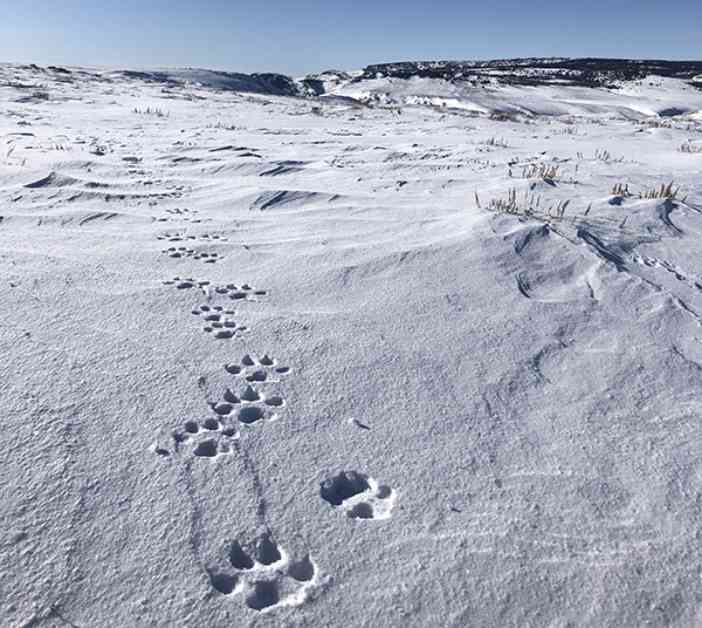Colorado Parks and Wildlife recently announced that a collared gray wolf has been tracked moving south of Interstate 70, marking the first time since wolves captured in Oregon were released in Grand and Summit counties in December that GPS data points have been logged in this area. The agency typically updates the public on Collared Gray Wolf Activity monthly, but provided an early update due to this significant movement.
According to CPW, gray wolves are considered habitat generalists, which means they can thrive in various environmental conditions and habitats. As translocated wolves continue to explore the Colorado landscape, it is expected that some will migrate to establish new territories as the wolf population numbers grow.
The latest activity maps released to the public show the watersheds where the wolves have been moving in the past month. The most recent map revealed wolf movement across eastern Eagle County and into Lake County near Leadville. This map, based on 39 days of data, demonstrates a gray wolf ranging south of Interstate 70 for the first time since the Oregon wolves were released in Summit and Grand counties.
Out of the ten wolves released from Oregon in two groups, three have unfortunately died. One was found dead in Larimer County in April, likely due to a mountain lion attack. Another wolf, along with its mate and four of their pups, were captured near Kremmling after preying on livestock. The surviving members of the Copper Creek pack were relocated to a sanctuary, while efforts to capture the fifth pup were deemed too risky, allowing it to remain in the wild.
Additionally, a male wolf in Grand County, wearing a collar, transmitted a mortality signal in September. The reintroduction efforts were in line with the voters’ decision through Proposition 114 in 2020, which directed the reintroduction of wolves west of the Continental Divide. The support for this measure mainly came from urban voters, leading to the successful passing of the ballot.
Moving forward, the next phase of reintroduction is expected to commence in December, with 15 wolves from British Columbia set to be captured and released in Colorado. This process is anticipated to span three to five years, with the goal of establishing a sustainable wolf population as outlined in the state’s wolf management plan. Currently, two wolves from Wyoming have already established territory in Jackson County and are also equipped with GPS collars.
As the wolf population continues to grow and expand its presence in Colorado, ongoing monitoring and management efforts will be crucial to ensure the coexistence of wolves and local communities. The successful tracking of a gray wolf south of Interstate 70 signifies a positive step in the reintroduction process and provides valuable insights into the behavior and movements of these iconic predators in the state.




